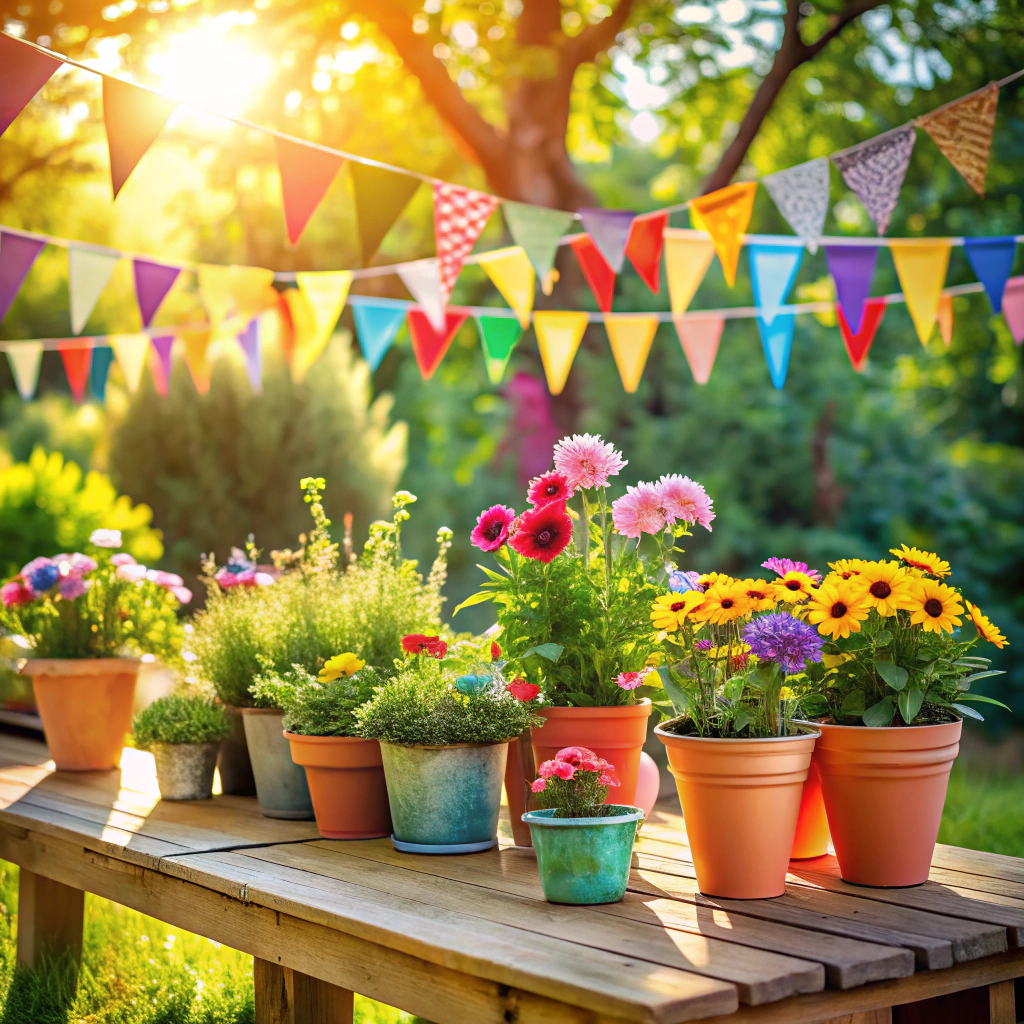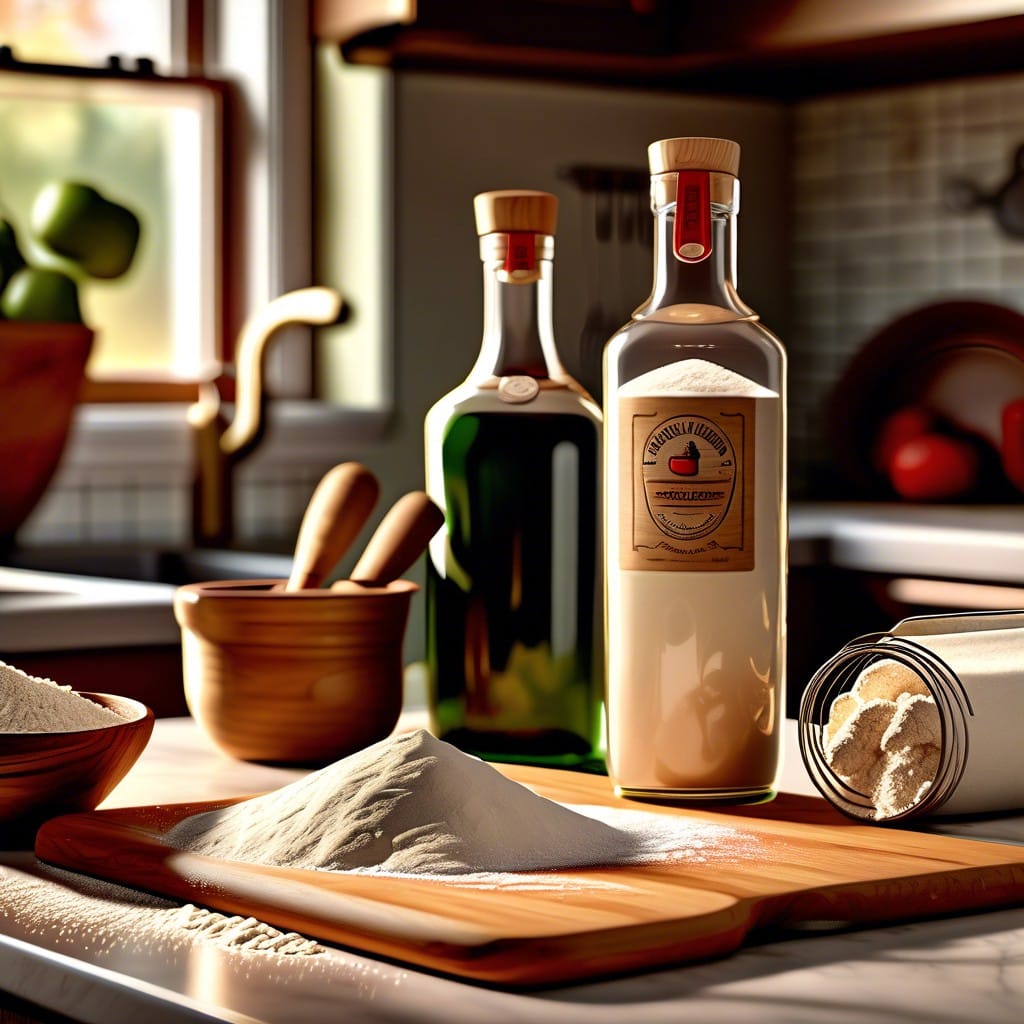Last updated on
Discover creative and eye-catching science fair board ideas that will make your project stand out.
Ah, the science fair board—the ultimate blank canvas for budding Einsteins and future MacGyvers everywhere. It’s the trifecta of science, creativity, and way too much glue stick.
Ever wondered how to make your science fair board as captivating as a cat video at 2 a.m.? Buckle up! We’re diving into fresh, fun ideas that’ll make your project pop like a high school chemistry prank gone right.
“Biodegradable Plastic Alternatives”
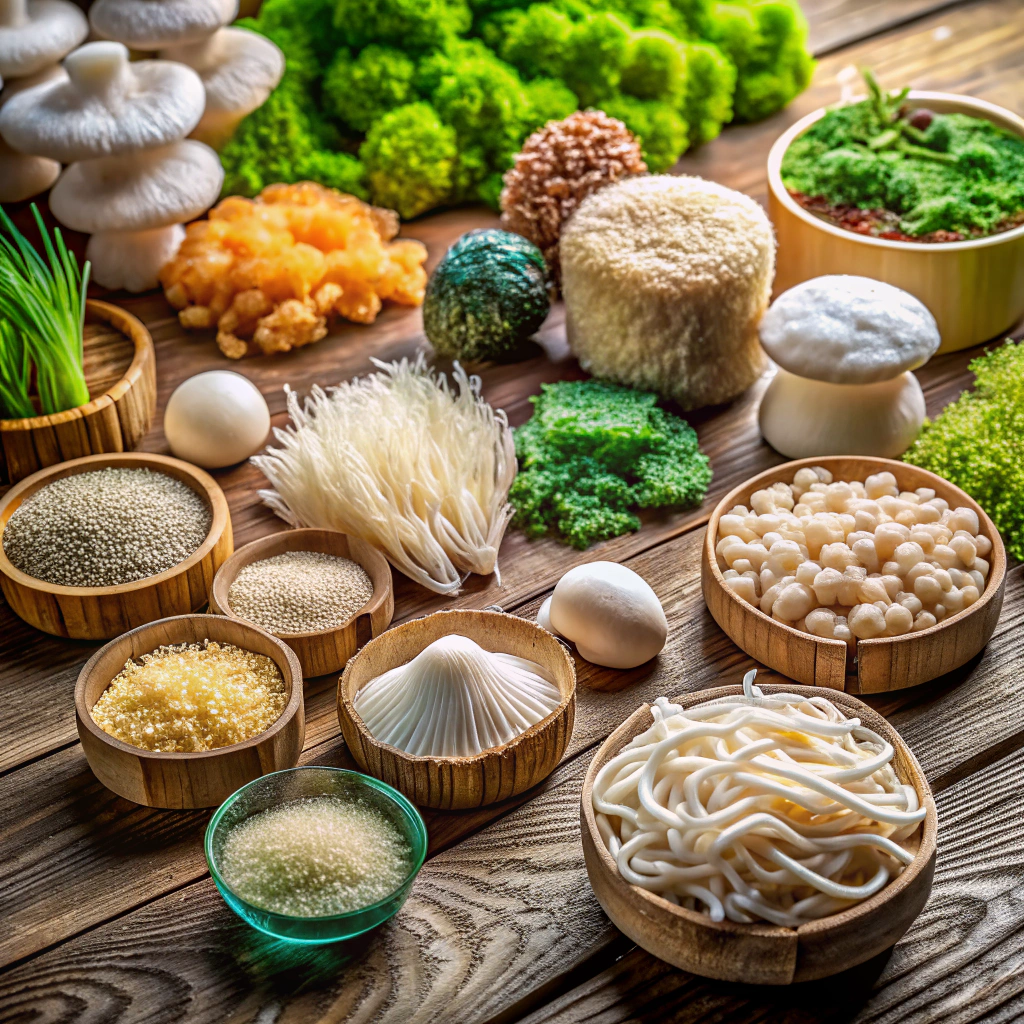
This project explores materials like cornstarch and seaweed as potential alternatives to traditional plastics. It highlights their ability to decompose naturally, reducing landfill waste and pollution. The results can raise awareness about sustainable products and foster innovative solutions for a cleaner planet.
“Plant-Based Dye Extraction & Application”

This project explores the vibrant world of natural dyes sourced from plants, showcasing their potential as eco-friendly coloring agents. By comparing colorfastness and application techniques, it highlights the beauty and sustainability of using nature’s palette. Students will discover how to create an array of colors while promoting environmentally responsible practices in the textile industry.
“Innovative Water Purification Techniques”
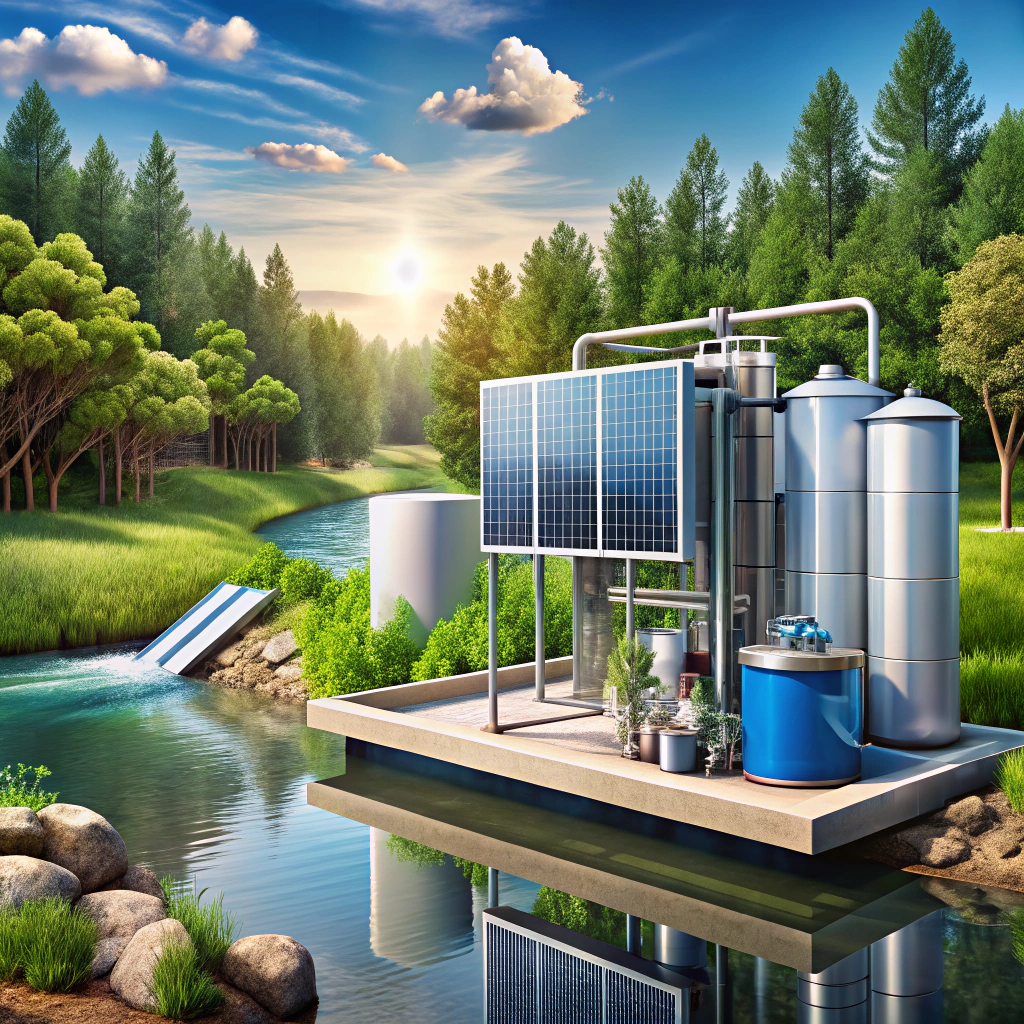
Innovative water purification techniques leverage advanced methods to remove contaminants from water. These techniques can range from using solar energy for filtration to utilizing nanotechnology for enhanced filtration processes. By providing clean water efficiently, they address urgent global water scarcity and quality issues.
“Kinetic Energy Harvesting From Footsteps”
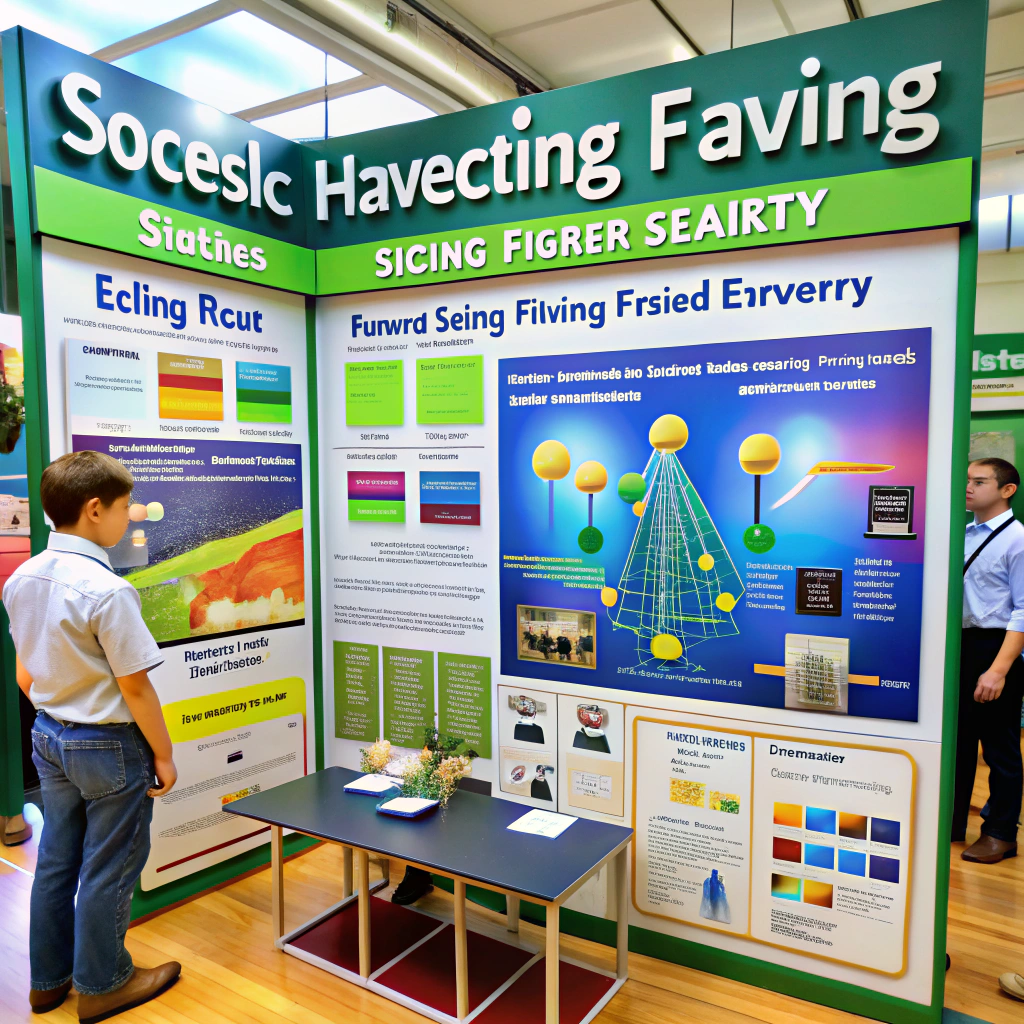
This project transforms the energy generated by footsteps into usable electrical power. Small piezoelectric materials or pressure sensors convert the pressure from each step into electricity, illuminating LED lights or charging devices. It’s a clever way to harness everyday movement for energy, promoting sustainability and innovation.
“Effectiveness of Natural Insect Repellents”

This project investigates how effective natural substances, such as essential oils and plant extracts, are at keeping pesky insects at bay. It compares the results to conventional chemical repellents, providing insight into their efficacy and safety. Observations can reveal preferences among various natural options, helping consumers make informed choices.
“Sound Waves and Plant Growth”
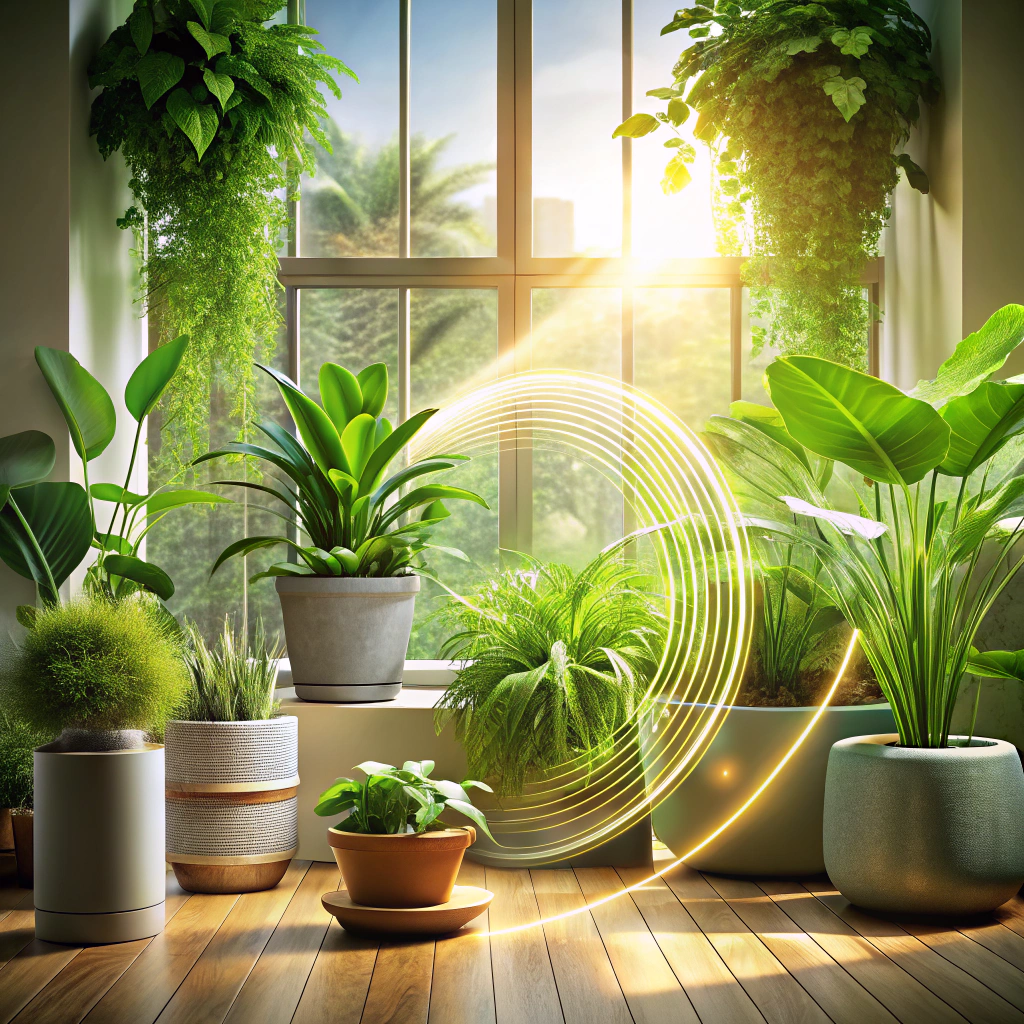
This project explores the relationship between sound frequencies and plant growth. By exposing plants to different sound waves, you can observe variations in their height, leaf size, and overall health. The results can reveal surprising insights into how vibrations may stimulate plant development.
“Building a Simple Magnetic Levitation System”
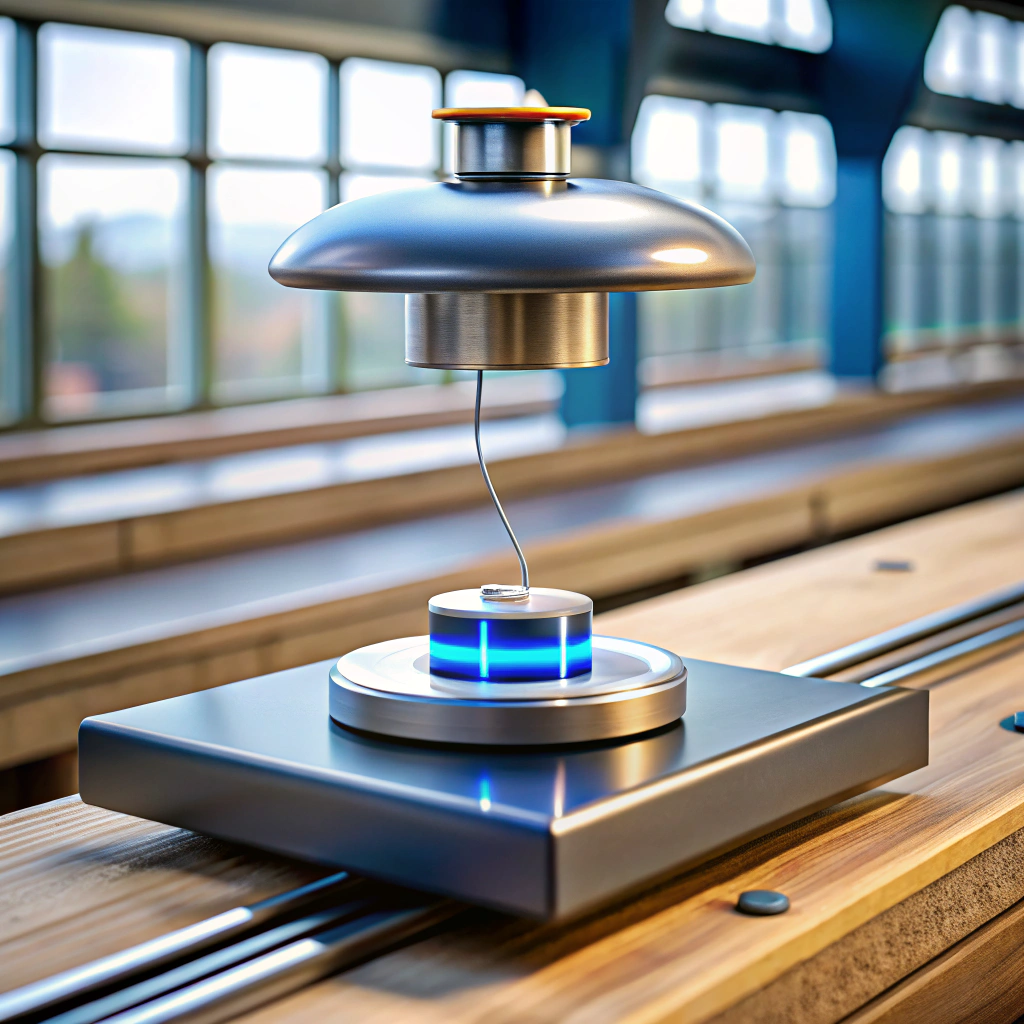
This project showcases the fascinating principle of magnetic levitation, where an object hovers in the air without contact. By utilizing magnets with opposing poles, you can create a stable floating effect that defies gravity. It’s a captivating demonstration of physics and can spark interest in the possibilities of transportation technology.
“DIY Solar-Powered Water Desalination”

This project harnesses the power of sunlight to purify seawater, converting it into fresh drinking water. It utilizes solar energy to heat the water, causing evaporation, which leaves salt and impurities behind. The resulting vapor condenses into clean, drinkable water, offering an innovative solution for water scarcity.
“Comparative Study of Composting Methods”
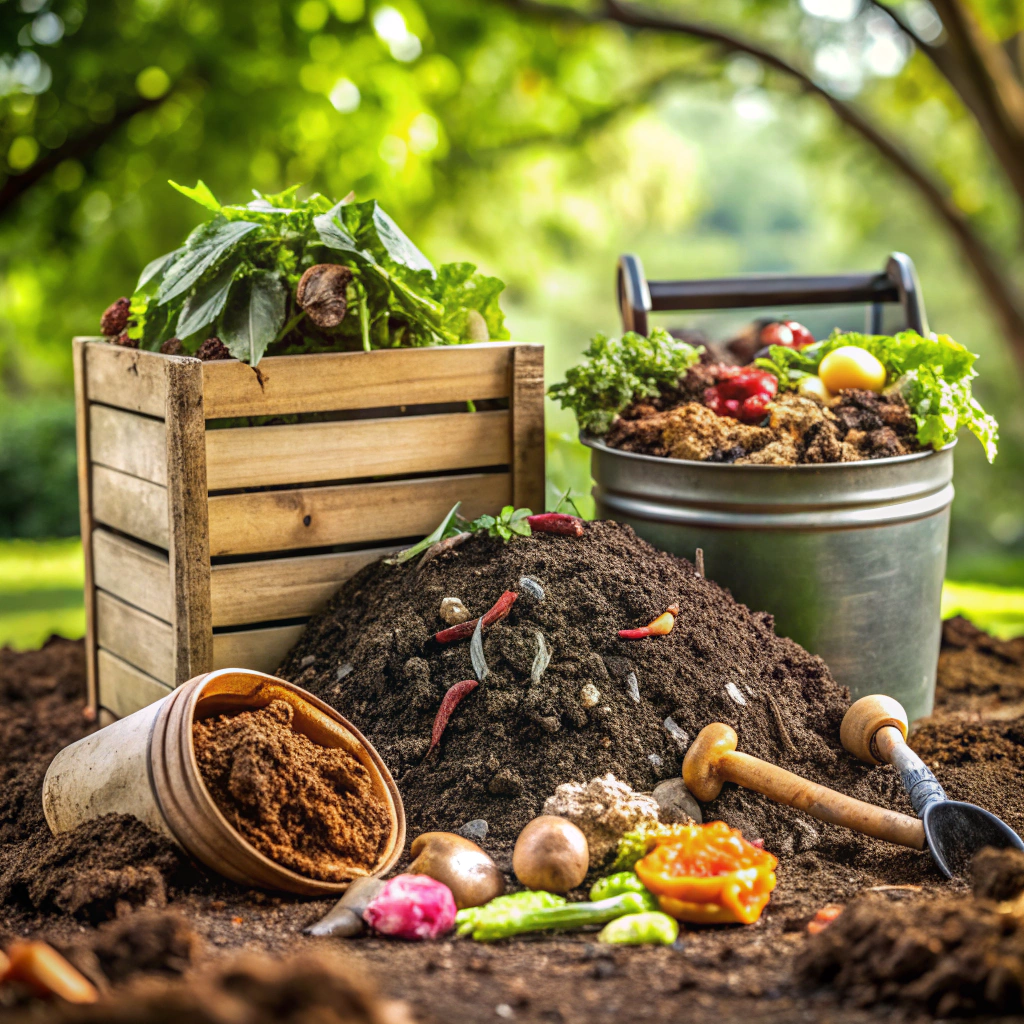
This project compares various composting methods, such as traditional, vermicomposting, and Bokashi. By analyzing each method’s efficiency and speed, students can discover which technique produces the best results for decomposing organic waste. The study emphasizes the environmental benefits of composting while showcasing the most effective approaches for home and community use.
“Recycled Material Insulation Efficiency”
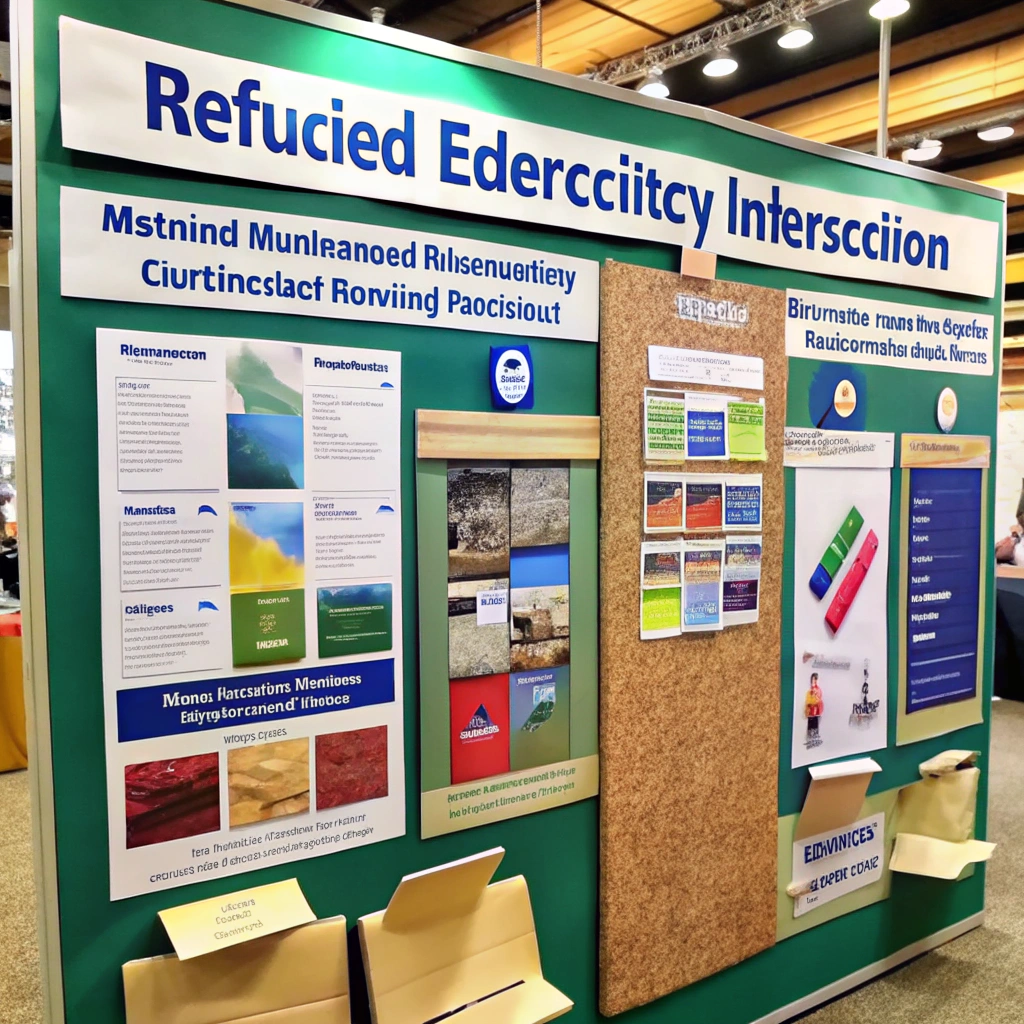
Using recycled materials for insulation can significantly reduce waste while enhancing energy efficiency in homes. Common materials like old newspapers, denim scraps, and even plastic bottles can be transformed into effective insulators. This eco-friendly approach not only conserves resources but also contributes to lower energy bills, making it a win-win for both your wallet and the planet.
“Fingerprint Patterns and Heredity”
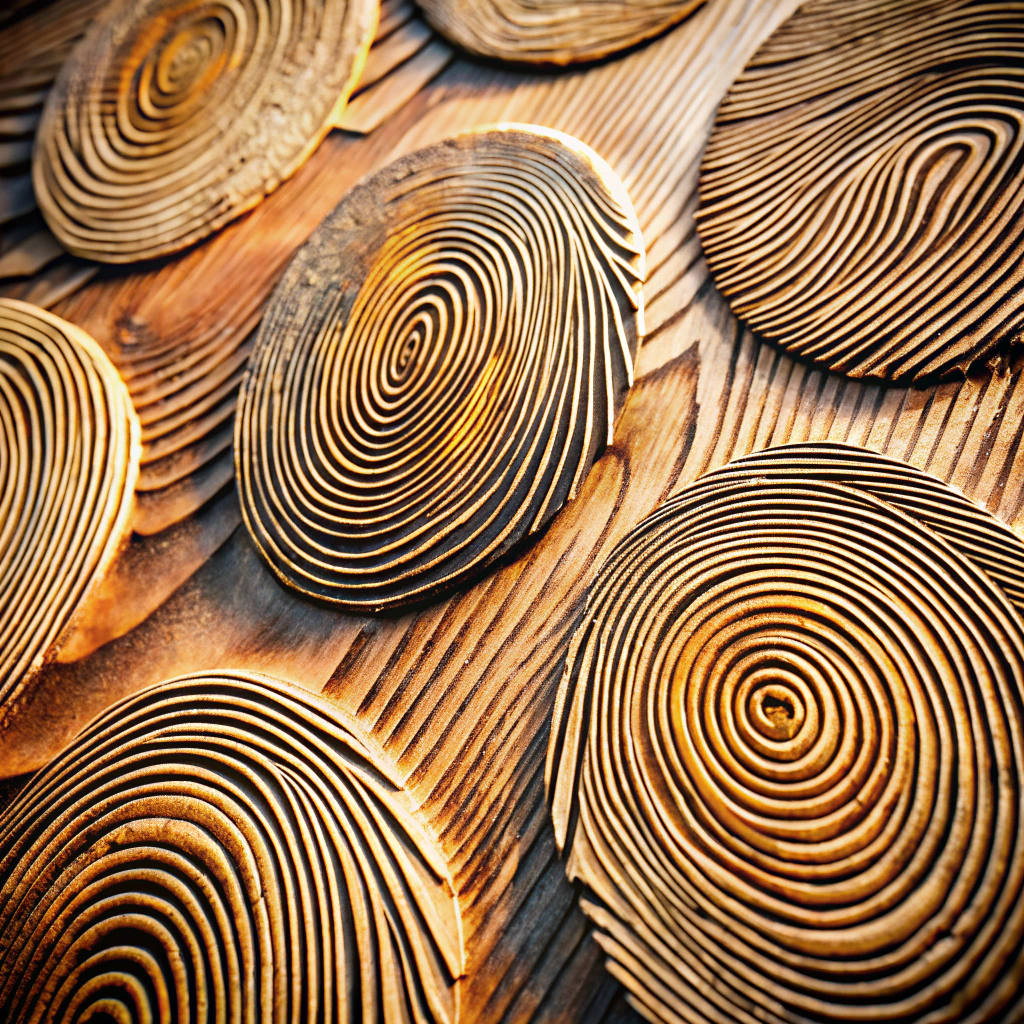
This project examines how fingerprint patterns can be linked to genetic traits. By comparing the fingerprints of family members, you can uncover potential hereditary connections. The results can reveal interesting trends in patterns, such as loops, whorls, and arches, among different generations.
“Self-Sustaining Mini Ecosystems (Terrariums)”
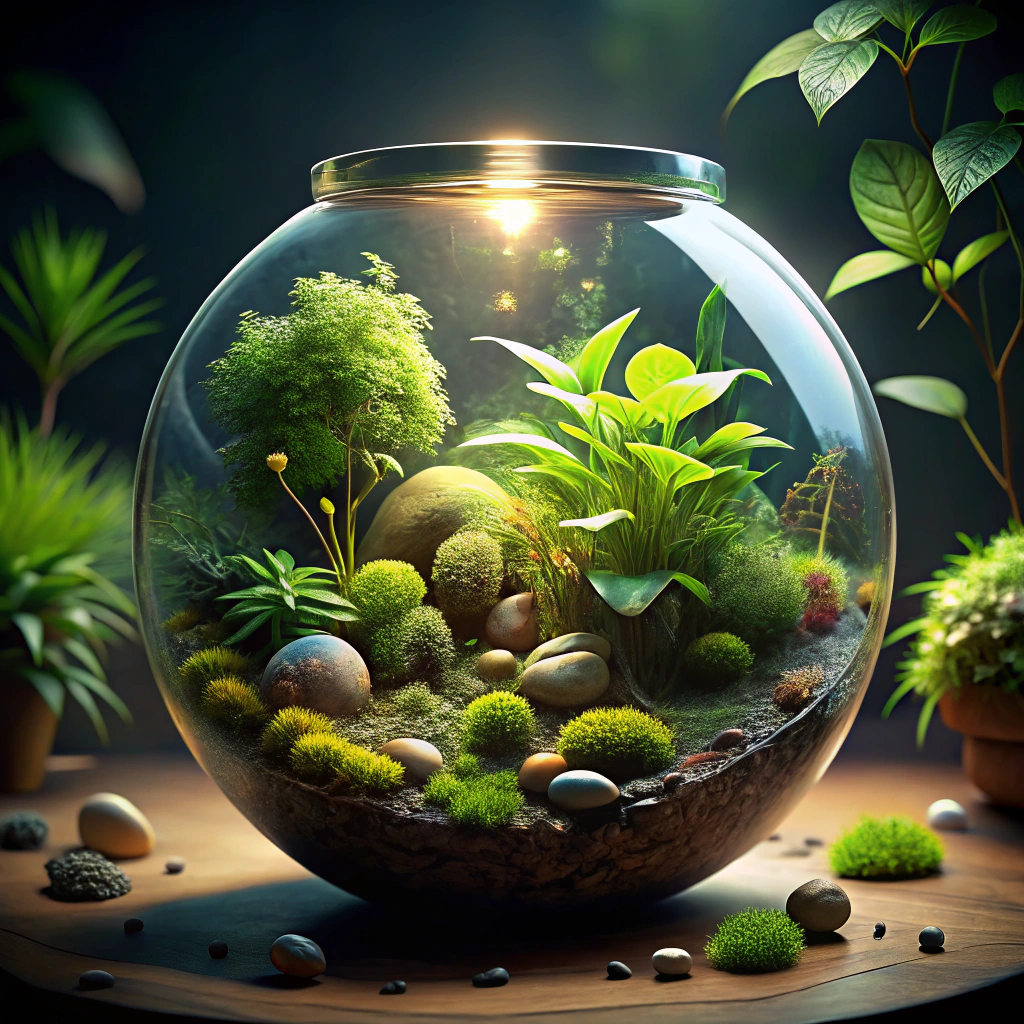
Self-sustaining mini ecosystems, or terrariums, demonstrate how plant and animal life can thrive in a contained environment. They rely on a closed-loop system where plants generate oxygen, while soil and moisture create a habitat for microorganisms and small insects. As evaporation and condensation occur, these ecosystems maintain balance, showcasing nature’s resilience and minimizing the need for external maintenance.
“Hydrophobic Vs. Hydrophilic Materials”
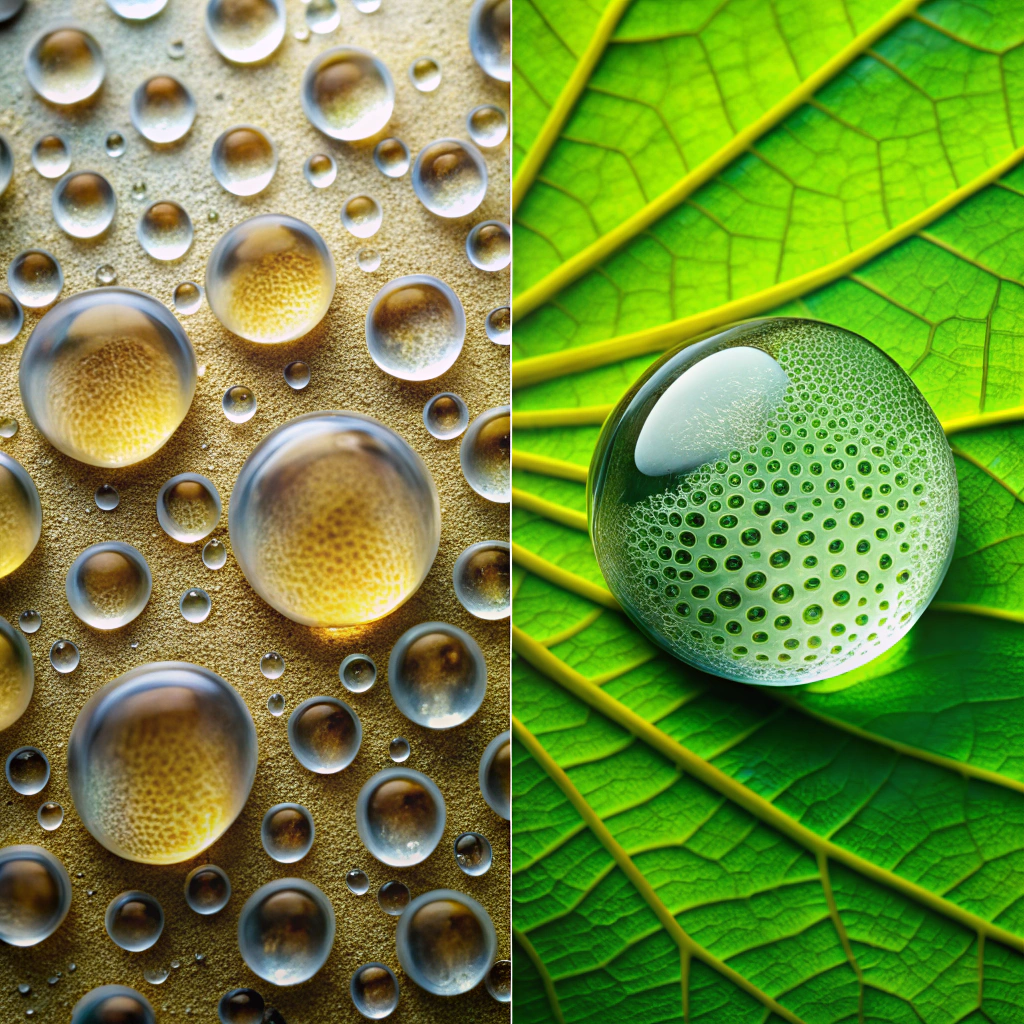
This experiment explores how different materials interact with water. Hydrophobic surfaces repel water, causing droplets to bead up, while hydrophilic materials absorb it, allowing water to spread. By comparing these interactions, you can visually demonstrate the fundamental properties of these materials and their practical applications.
“Visualizing Bacteria in Daily Environments”
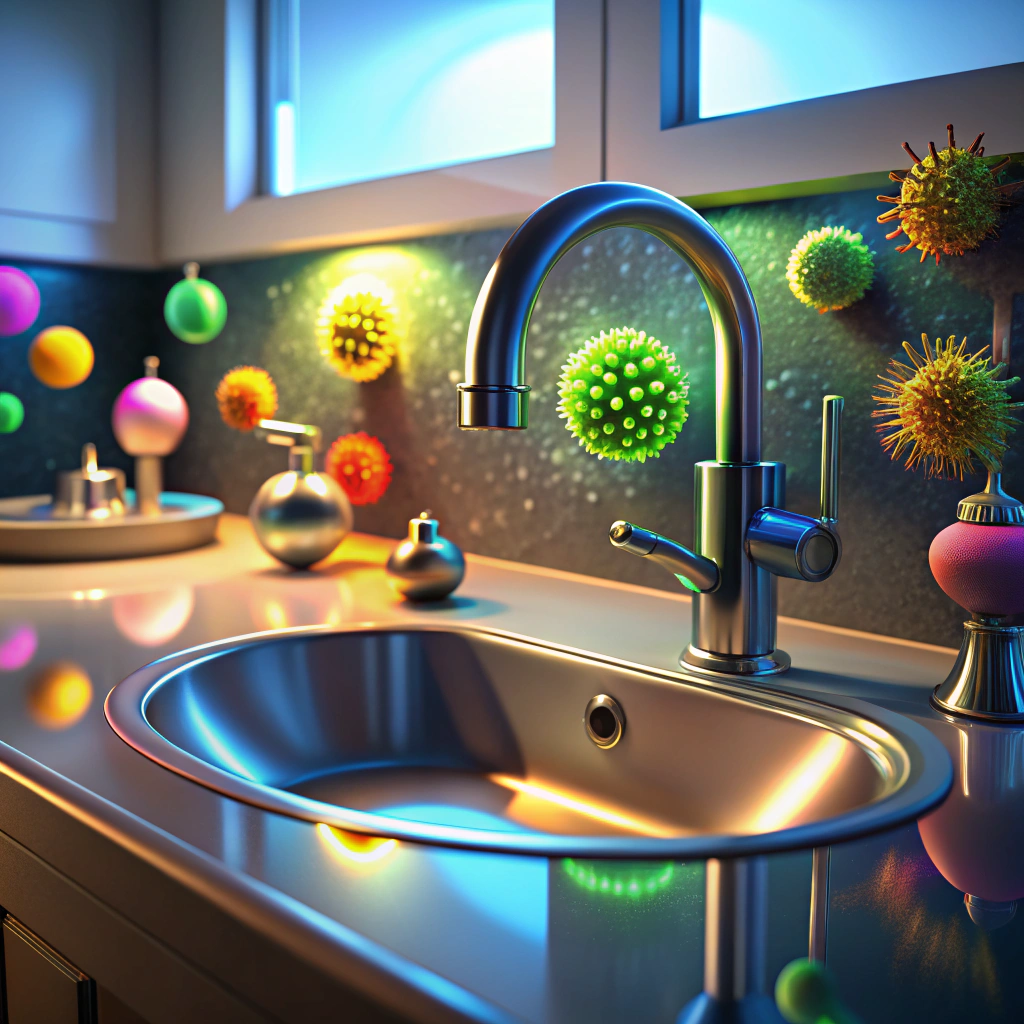
This project explores the presence of bacteria in common environments like kitchens, bathrooms, and public spaces. Using simple petri dishes, students can culture samples and observe various bacterial colonies that grow. The results can reveal unexpected sources of contamination and spark discussions about hygiene and cleanliness practices.
“Environmental Impact of Dye in Waterways”

Dyes from textiles and waste runoff contribute to significant pollution in waterways, affecting aquatic life and ecosystems. This experiment analyzes the types and quantities of dyes found in local water sources and their effects on fish and plant species. Through observation and experimentation, students can illustrate the urgent need for better waste management practices in the dye industry.
Recap:



